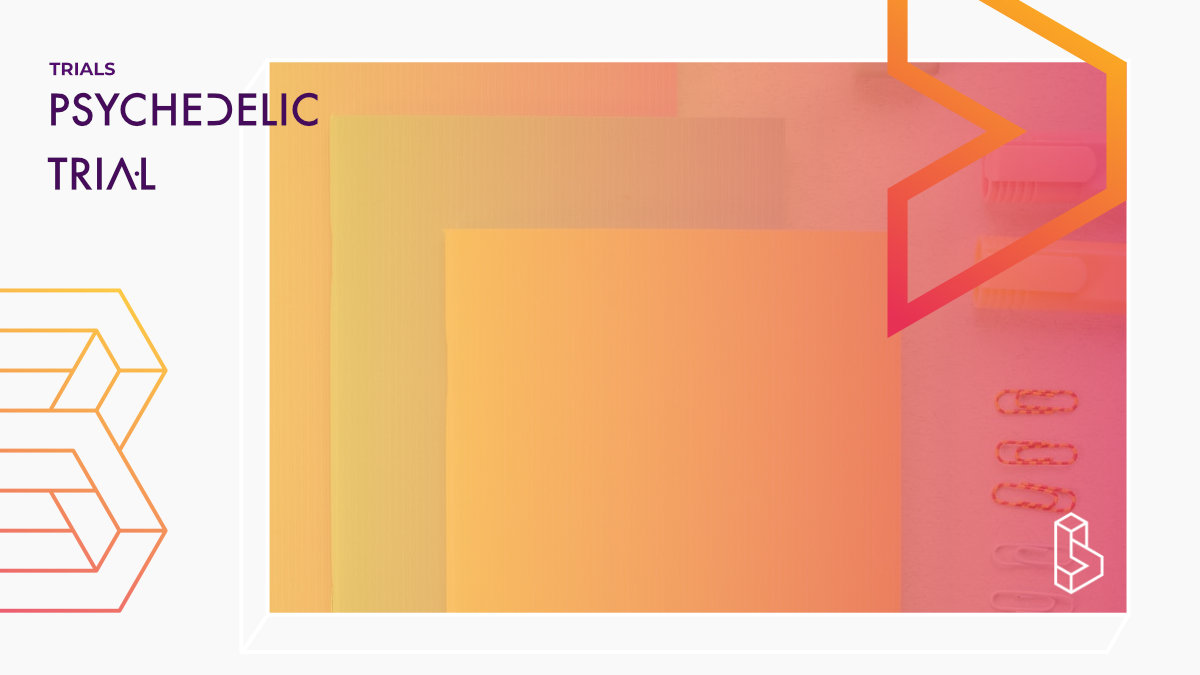Treatment-resistant depression (TRD) is a major public health problem. Current therapeutic options for this patient population remain limited. With all available treatments, only a subset of those patients who achieve an antidepressant response is likely to achieve treatment-induced remission.
The need for antidepressant medication that can provide both rapid and long-lasting relief of TRD symptoms is widely recognized. There is new evidence that drugs that block NMDA glutamate receptors (NMDA antagonists) are promising candidates for meeting this need.
Existing studies in TRD have used only a low-dose, brief infusion of ketamine that would not be expected to re-sensitize the NMDA receptor; in agreement with this theory, these prior studies have found only temporary improvements of depression. Our key hypothesis is that a higher-dose, longer-term ketamine infusion, such as that used in chronic pain studies, would provide a more robust and lasting improvement from depression.
Trial Details
Trial Number
Sponsors & Collaborators
West Virginia UniversityResearch into the therapeutic potential of psychedelics is underway at West Virginia University.
Measures Used
Montgomery-Asberg Depression Rating ScaleA ten-item diagnostic questionnaire used to measure the severity of depressive symptoms in patients with mood disorders.

